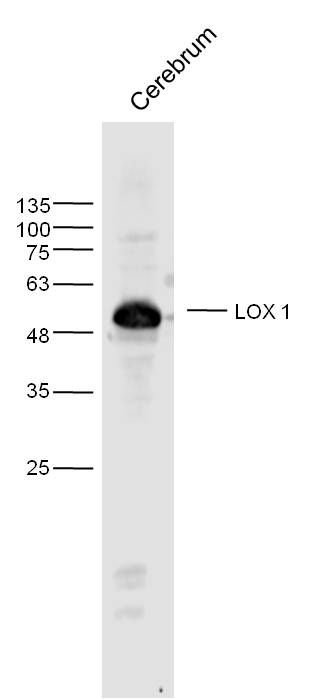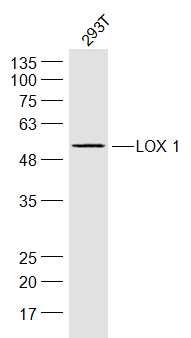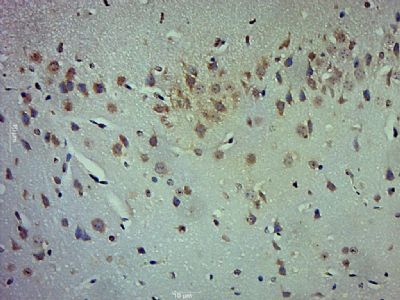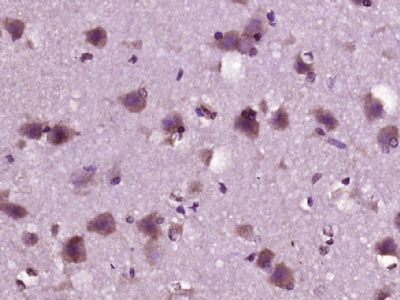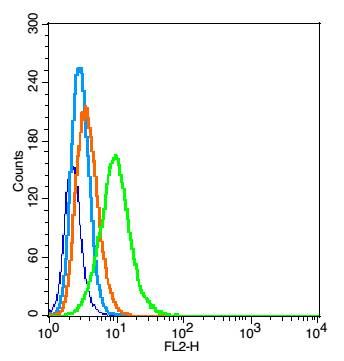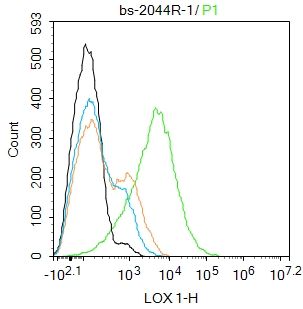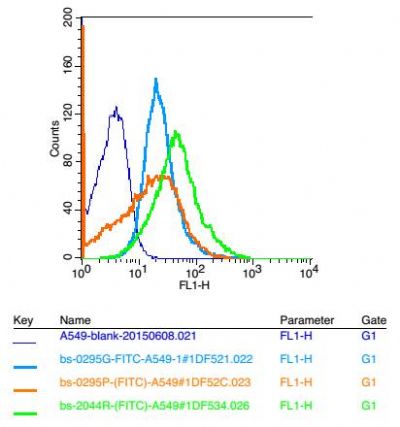Receptor that mediates the recognition, internalization and degradation of oxidatively modified low density lipoprotein (oxLDL) by vascular endothelial cells. OxLDL is a marker of atherosclerosis that induces vascular endothelial cell activation and dysfunction, resulting in pro-inflammatory responses, pro-oxidative conditions and apoptosis. Its association with oxLDL induces the activation of NF-kappa-B through an increased production of intracellular reactive oxygen and a variety of pro-atherogenic cellular responses including a reduction of nitric oxide (NO) release, monocyte adhesion and apoptosis. In addition to binding oxLDL, it acts as a receptor for the HSP70 protein involved in antigen cross-presentation to naive T-cells in dendritic cells, thereby participating in cell-mediated antigen cross-presentation. Also involved in inflammatory process, by acting as a leukocyte-adhesion molecule at the vascular interface in endotoxin-induced inflammation. Also acts as a receptor for advanced glycation end (AGE) products, activated platelets, monocytes, apoptotic cells and both Gram-negative and Gram-positive bacteria.
Function:
Receptor that mediates the recognition, internalization and degradation of oxidatively modified low density lipoprotein (oxLDL) by vascular endothelial cells. OxLDL is a marker of atherosclerosis that induces vascular endothelial cell activation and dysfunction, resulting in pro-inflammatory responses, pro-oxidative conditions and apoptosis. Its association with oxLDL induces the activation of NF-kappa-B through an increased production of intracellular reactive oxygen and a variety of pro-atherogenic cellular responses including a reduction of nitric oxide (NO) release, monocyte adhesion and apoptosis. In addition to binding oxLDL, it acts as a receptor for the HSP70 protein involved in antigen cross-presentation to naive T-cells in dendritic cells, thereby participating in cell-mediated antigen cross-presentation. Also involved in inflammatory process, by acting as a leukocyte-adhesion molecule at the vascular interface in endotoxin-induced inflammation. Also acts as a receptor for advanced glycation end (AGE) products, activated platelets, monocytes, apoptotic cells and both Gram-negative and Gram-positive bacteria.
Subunit:
Homodimer; disulfide-linked. May form a hexamer composed of 3 homodimers. Interacts with HSP70.
Subcellular Location:
Cell membrane; Single-pass type II membrane protein. Secreted. Note=A secreted form also exists.
Tissue Specificity:
Highly expressed in endothelial cells, aortic intima and lung. Expressed at low level in other tissues.
Post-translational modifications:
N-glycosylated.
Similarity:
Contains 1 SLCtype lectin domain.
SWISS:
Q9XTA8
Gene ID:
100009322
Database links:
Entrez Gene: 4973 Human
Entrez Gene: 108078 Mouse
Entrez Gene: 140914 Rat
Omim: 602601 Human
SwissProt: P78380 Human
SwissProt: Q9EQ09 Mouse
SwissProt: Q9XTA8 Rabbit
SwissProt: O70156 Rat
Unigene: 412484 Human
Unigene: 293626 Mouse
Unigene: 87449 Rat
LOX-1(Lectin-like Ox-LDL receptor 1)即氧化低密度脂蛋白的内皮受体,是清除受体或称清道夫受体(Scavenger Receptor,SR)家族的一种,LOX-1作为氧化低密度脂蛋白的天然配体,与脂质代谢有关。
| Picture |
Sample: Cerebrum (Rat) Lysate at 40 ug
Primary: Anti- LOX1 (SL2044R) at 1/300 dilution
Secondary: IRDye800CW Goat Anti-Rabbit IgG at 1/20000 dilution
Predicted band size: 31/50 kD
Observed band size: 50 kD
Sample:
293T(Human) Cell Lysate at 30 ug
Primary: Anti-LOX 1 (SL2044R) at 1/300 dilution
Secondary: IRDye800CW Goat Anti-Rabbit IgG at 1/20000 dilution
Predicted band size: 31/50 kD
Observed band size: 50 kD
Paraformaldehyde-fixed, paraffin embedded (Mouse brain); Antigen retrieval by boiling in sodium citrate buffer (pH6.0) for 15min; Block endogenous peroxidase by 3% hydrogen peroxide for 20 minutes; Blocking buffer (normal goat serum) at 37°C for 30min; Antibody incubation with (LOX 1) Polyclonal Antibody, Unconjugated (SL2044R) at 1:500 overnight at 4°C, followed by a conjugated secondary (sp-0023) for 20 minutes and DAB staining.
Paraformaldehyde-fixed, paraffin embedded (Rabbit brain); Antigen retrieval by boiling in sodium citrate buffer (pH6.0) for 15min; Block endogenous peroxidase by 3% hydrogen peroxide for 20 minutes; Blocking buffer (normal goat serum) at 37°C for 30min; Antibody incubation with (LOX 1) Polyclonal Antibody, Unconjugated (SL2044R) at 1:400 overnight at 4°C, followed by operating according to SP Kit(Rabbit) (sp-0023) instructions and DAB staining.
Blank control: RSC96 (blue).
Primary Antibody:Rabbit Anti- LOX 1 antibody(SL2044R), Dilution: 1μg in 100 μL 1X PBS containing 0.5% BSA;
Isotype Control Antibody: Rabbit IgG(orange) ,used under the same conditions );
Secondary Antibody: Goat anti-rabbit IgG-PE(white blue), Dilution: 1:200 in 1 X PBS containing 0.5% BSA.
Protocol
The cells were fixed with 2% paraformaldehyde (10 min) . Primary antibody (SL2044R, 1μg /1x10^6 cells) were incubated for 30 min on the ice, followed by 1 X PBS containing 0.5% BSA + 1 0% goat serum (15 min) to block non-specific protein-protein interactions. Then the Goat Anti-rabbit IgG/PE antibody was added into the blocking buffer mentioned above to react with the primary antibody at 1/200 dilution for 30 min on ice. Acquisition of 20,000 events was performed.
Blank control: THP-1.
Primary Antibody (green line): Rabbit Anti-LOX 1 antibody(SL2044R)
Dilution: 1ug/Test;
Secondary Antibody : Goat anti-rabbit IgG-FITC
Dilution: 0.5ug/Test.
Protocol
The cells were incubated in 5%BSA to block non-specific protein-protein interactions for 30 min at room temperature .Cells stained with Primary Antibody for 30 min at room temperature. The secondary antibody used for 40 min at room temperature. Acquisition of 20,000 events was performed.
Positive control: A549 cells
Concebtration: 1μg/10^6 cells
Incubation conditions: Avoid light , 30 minutes on the ice.
|
|
|
